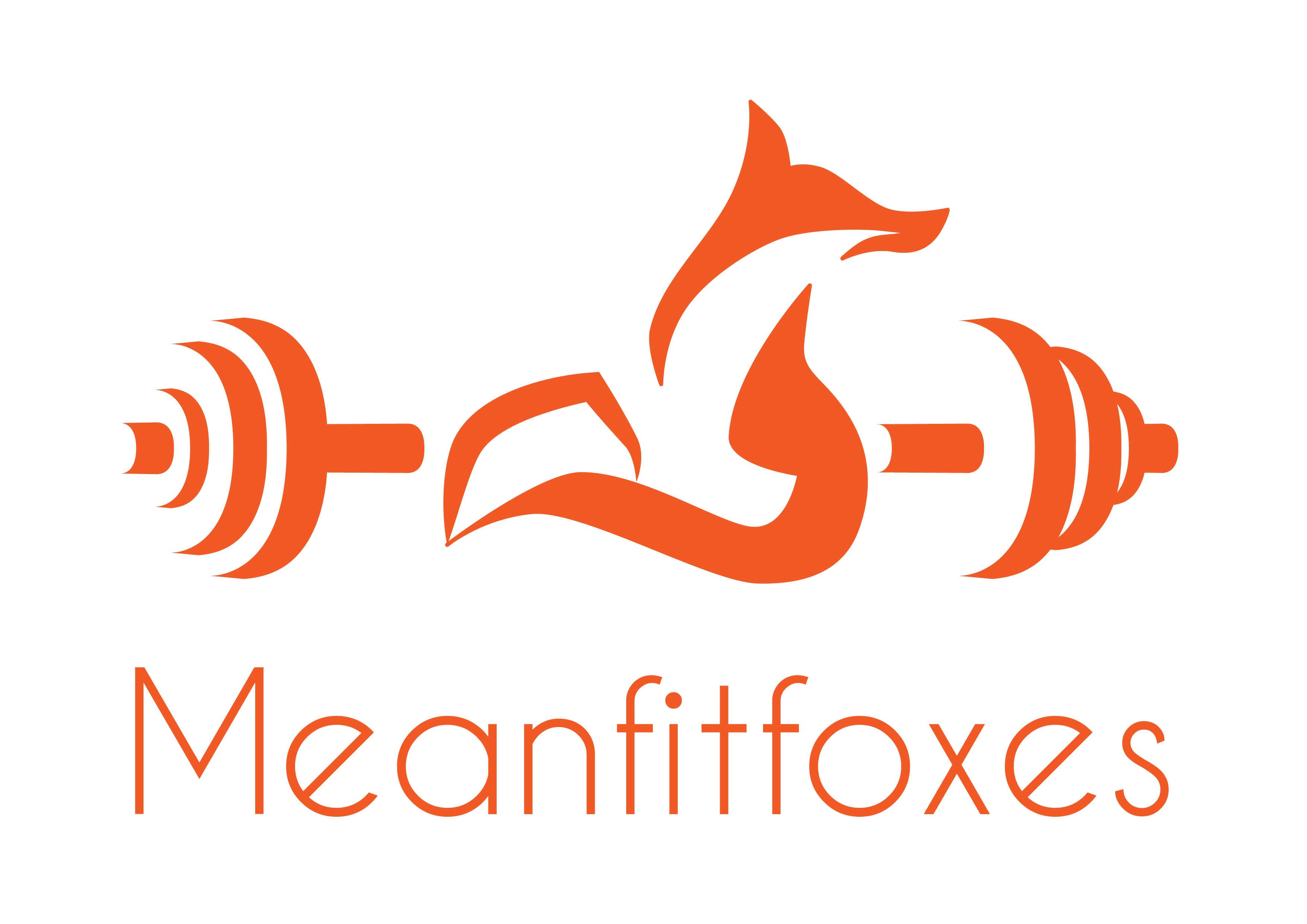Superfoods. Legumes & Beans
Beans, beans the musical fruit.
The more you eat, the more you toot.
Maybe we should change this to
The more you eat, the smaller dress will suit.
Not quite as snappy though 😉
Useful note: legumes are plants that bear fruits in a shape of pods with seeds inside. Beans are the seeds from the pods of legumes. Basically all beans are legumes. But not all legumes are beans. For example peanuts are legumes but not beans 🙂
Legumes: lentils, peas, chickpeas, beans, soybeans and peanuts.
Beans: green beans, kidney beans, broad beans, black-eyed peas.
Recently there’s been a lot of controversy regarding legumes and beans due to their starch, lectin and phytic acid content. Starches are carbs and can affect weight. Phytic acid may interfere with mineral absorption. Some lectins may slow down repair of the intestinal lining, leading to a leaky gut.
However
A. Phytic acid and lectins are mainly removed with cooking. One should never eat raw beans anyway, soak and cook properly, same like grandma did 🙂 or opt for tinned ones, just keep an eye on BPA. Or ferment!
Yes, green beans and sweet peas are safe to eat raw.
A few lectins manage to stay after cooking but the amount is not enough to cause damage. Also many other foods we consume daily contain lectins but do not give most people any problems: dairy, egg, wheat, soy, nuts, fish, shellfish…of course, anyone with Crohn’s disease or IBS or autoimmune disorders have specific instructions on food intake from their doctors, but most people process small amounts of phytates and lectins safely. Also both phytates and lectins have benefits for the body too, see links below, as with anything – it’s the healthy balance that is important.
B. Starch in legumes/beans is not the same starch as in refined starchy foods like rice or pasta, it’s resistant starch (read on), also legumes are full of soluble fiber. Resistant starch and soluble fiber pass through the stomach and small intestine without getting fully broken down and absorbed, instead they reach the colon where they feed good intestinal bacteria and get turned into short-chain fatty acids, which help prevent colon cancer (attention, all with desk jobs!).
Legumes contain important minerals: iron, magnesium, potassium, folate, zinc, but, most importantly, they are very high in protein. Protein helps to keep you full, apart from being the most important thing in our bodies that is. 1 cup of cooked lentils contains 18gr of protein. For comparison – 100gr of grilled rib eye steak has 24gr.
Now think we need approximately 1gr protein per kg weight per day, now think cost and keeping variety…
Point being: slower digestion + high fiber + high protein = better satiety = less food consumed = better blood sugar levels = less cravings!
Never mind the occasional toot-toot, beans are friends 🙂 The gut adops quickly, and we are not talking about consuming tons of beans, just incorporating them into your diet instead of basic carb dishes like sandwiches and quick pastas.
Leaving you with great links to info and research by the mighty Authority Nutrition and Precision Nutrition:
http://authoritynutrition.com/legumes-good-or-bad/
http://www.precisionnutrition.com/all-about-lectins
http://authoritynutrition.com/phytic-acid-101/
And a recipe for a tasty and quick bean salad from Onceuponachef, great on it’s own, or served with chicken, or with fish, or meatballs… mmm… meatballs….
Cilantro = coriander 🙂
